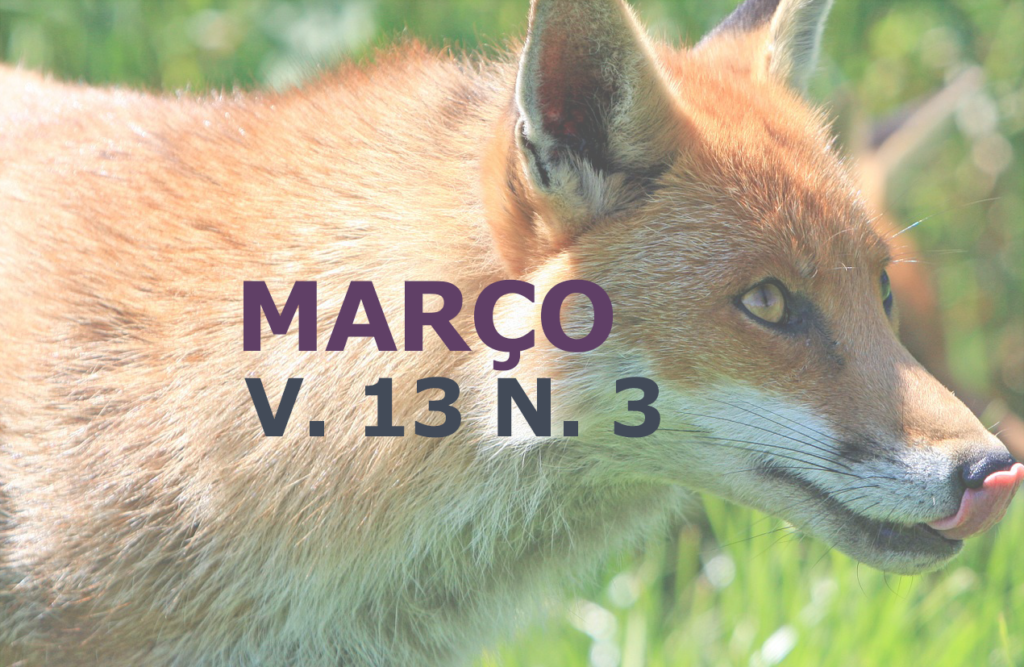Partial mandibulectomy in dog with melanoma: Case report
DOI:
https://doi.org/10.31533/pubvet.v13n3a284.1-5Keywords:
cancer, melanocytes, neoplasia, malignancy, infiltrativeAbstract
Melanocytic tumors are originated from melanocytes and melanoblasts, the conversion of normal melanocytes into neoplasms consists of multiple stages. Melanomas are primary cutaneous neoplasms found at body regions that have accumulation of melanocytes. Melanoma is formed by a dark macula that turns into a firm, fast-growing mass with local infiltration and early metastasis. The size and degree of pigmentation are not indicators of tumor malignancy. Neoplasms of the oral cavity in dogs and cats are frequent and represent the fourth site most affected by tumors, which melanoma being the most frequent. The diagnosis is based on histopathology and surgical excision remains the most indicated method of treatment. Total or partial mandibulectomy increases the survival of the animal within 10 months without any combination of adjuvant therapy. if it's not removed with tumor security margin, the survival increases 3 to 4 months. The objective of this study is to report a clinical case of a 14-year-old poodle dog with a nodule at the rostral region of the jawbone, with fast growth, in which the patient was diagnosed with melanoma in which partial mandibulectomy showed a better quality of life quality of life in this case, without having an unpleasant g an unpleasant aesthetic condition to the owner.
Downloads
Published
Issue
Section
License
Copyright (c) 2019 Guilherme Carnevalli Antunes de Oliveira, Thaís Ribeiro Fadel, Natália Araújo de Andrade, Emanuelle Araújo Nunes Carneiro, Moacir Santos de Lacerda, Renato Linhares Sampaio

This work is licensed under a Creative Commons Attribution 4.0 International License.
Você tem o direito de:
Compartilhar — copiar e redistribuir o material em qualquer suporte ou formato
Adaptar — remixar, transformar, e criar a partir do material para qualquer fim, mesmo que comercial.
O licenciante não pode revogar estes direitos desde que você respeite os termos da licença. De acordo com os termos seguintes:
Atribuição
— Você deve dar o crédito apropriado, prover um link para a licença e indicar se mudanças foram feitas. Você deve fazê-lo em qualquer circunstância razoável, mas de nenhuma maneira que sugira que o licenciante apoia você ou o seu uso. Sem restrições adicionais
— Você não pode aplicar termos jurídicos ou medidas de caráter tecnológico que restrinjam legalmente outros de fazerem algo que a licença permita.





